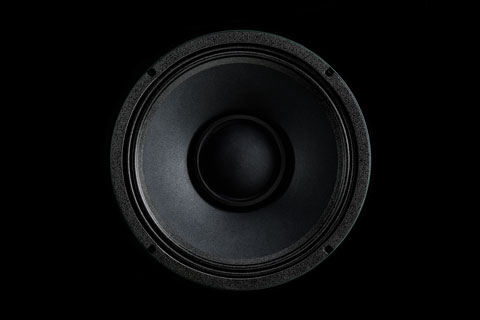The EVM12L was introduced in the '70s, and is the heavyweight of the guitar world. Although there were different versions over the years, they all share a specific sound character that distinguishes them from typical guitar speakers. Electro Voice is mainly known for their P.A. products, and the EVM12L carried this approach over to guitarists. This real heavy 12" found home in many combo amps of the '80s, as well as in so-called Thiele cabinets. The massive ceramic magnet alone weighs 7.3 kg.
The standard version handles 200 watts while the Zakk Wylde Signature model, which he uses in 4x12 cabinets, ups this value to 300 watts (1200-watt peak) — per speaker! With a sensitivity of 100 dB, this speaker is loud and can handle lots of input.
The frequency range goes a little higher than a typical speaker, making the EVM12L more open, but also harsh if your amp happens to sound like that. Overall, this speaker is pretty neutral, offers a tight bass reproduction, plays really loud and punchy, and is very robust. It has less coloration than most speakers and doesn't sound "vintage”. Its sound is very direct, which may or may not be to your taste.
It can sound great with clean sounds, and also works well with distorted sounds and really deep tunings. It might not be to everyone’s taste, but it's undoubtedly a classic. So, while some might consider this speaker to be in a class of its own, others might find it over-the-top or too neutral.

